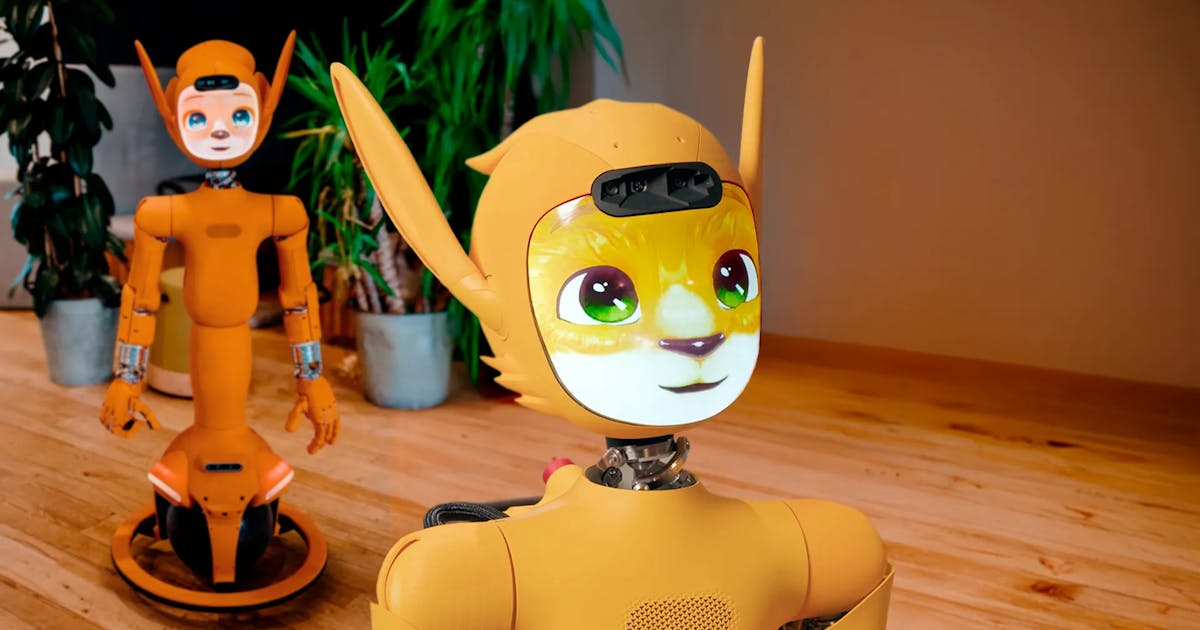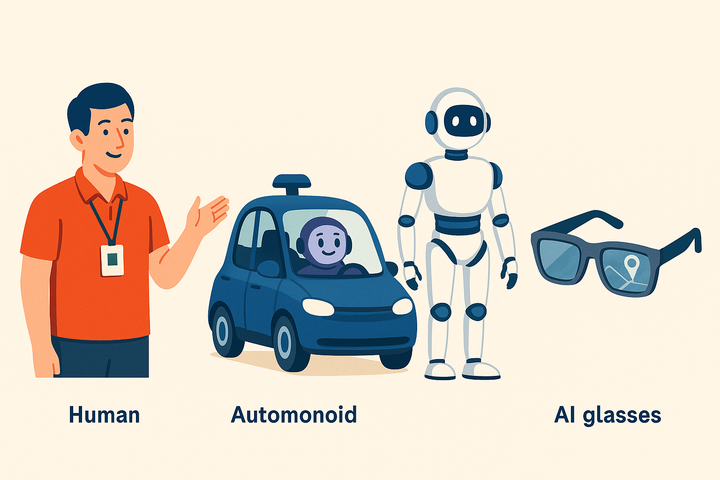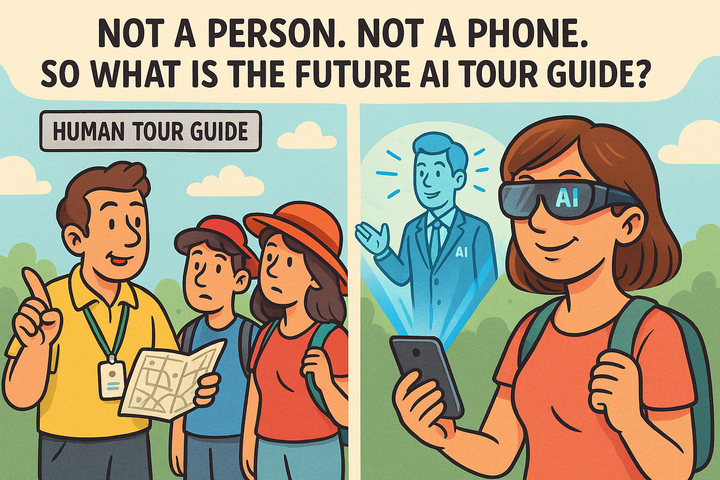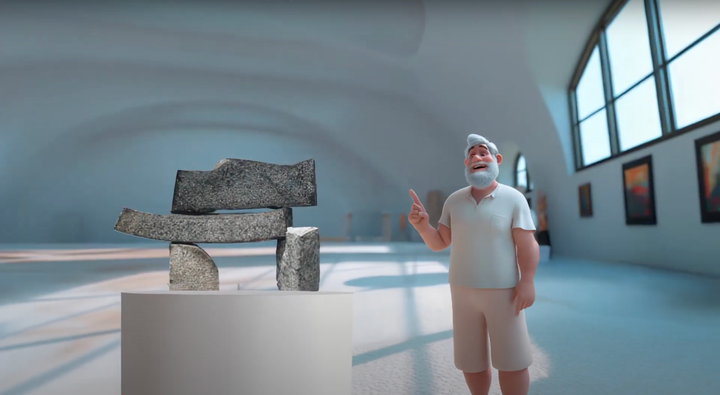The face that fits the role: Paris Aquarium robot aligns with new AI research
As AI tour guides and robotic hosts become part of everyday visitor experiences—from museums to airports to live streams—a critical design question emerges: Should they look like people?

As AI tour guides and robotic hosts become part of everyday visitor experiences—from museums to airports to live streams—a critical design question emerges: Should they look like people?
A recent study from Harbin University of Commerce, published in the Journal of Theoretical and Applied Electronic Commerce Research, says: not always. It turns out that the degree of humanlikeness in a virtual or robotic guide should depend on what kind of experience you're delivering—and the best results come when form fits function.
The Paris example: Mirokai at the aquarium
Case in point: the Mirokai robots now greeting visitors at the Paris Aquarium. These spherical, rolling helpers look like they stepped out of a sci-fi film—not quite human, not quite cartoon, but unmistakably expressive.
Developed by Enchanted Tools, the Mirokai blend practicality with personality. Their faces are animated screens that can smile, blink, and react—but they don’t mimic human faces. Instead, they take inspiration from animé characters, balancing emotionally engaging design with an intentional detour from the uncanny valley.
According to the research, this design approach makes perfect sense. While humanlike virtual guides can foster deep engagement in emotional or leisure-focused settings, non-humanlike characters like the Mirokai can trigger strong, immediate emotional reactions, especially when they're novel and charming.
“We want robots to bring more than just utility—magic too,” said Richard Malterre of Enchanted Tools - (Speaking to EuroNews in 2023)
That ethos is backed by the study, which shows that emotion alone doesn’t drive behaviour—context does.
Match the robot to the role
The study tested virtual anchors of three types:
- non-anthropomorphic - cartoon-like
- low-anthropomorphic - basic gestures and expressions
- high-anthropomorphic - realistic humans
Using EEG monitoring, researchers measured how these designs affected emotional response and purchasing intent.
The key findings:
- Humanlike designs work best for hedonic, emotionally rich experiences (e.g. fashion, entertainment, immersive tours).
- Less-humanlike characters perform better for utilitarian tasks (e.g. giving instructions, managing logistics).
- Middle-ground avatars often underperform—neither memorable nor trusted.
Mirokai fits this strategy perfectly: for an aquarium visit—a family-oriented, imaginative environment—a stylised, friendly-but-not-human guide is ideally positioned to engage without overwhelming.
Enchanted Tools has big plans for Mirokai’s future. The company aims to deploy 100,000 of these robots in public spaces over the next decade, targeting a price point of 30,000 Euros per unit. That ambition reflects growing confidence in a design philosophy that favours emotional resonance over strict realism.
So, what should an AI tour guide look like?
It depends. If you’re guiding a heritage tour through Roman ruins, a lifelike avatar with expressive dialogue might be just right. But if your AI is helping guests find the restroom or train platform, simple visuals and a clear voice may be more effective.
And if you're designing an experience like the one at the Paris Aquarium, a stylised, expressive robot with a clear personality might be exactly what today’s visitors respond to—engaging, accessible, and just human enough to feel familiar.
Want to read more like this?
Low volume. Short length. Focused content.
We know you're busy — only the good stuff, no noise.



